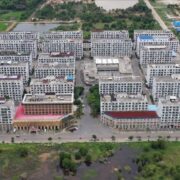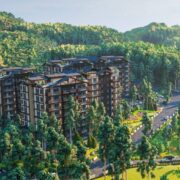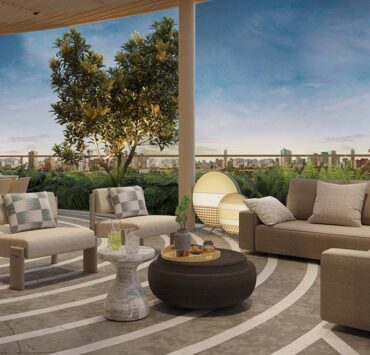Affordable luxury finds its new home
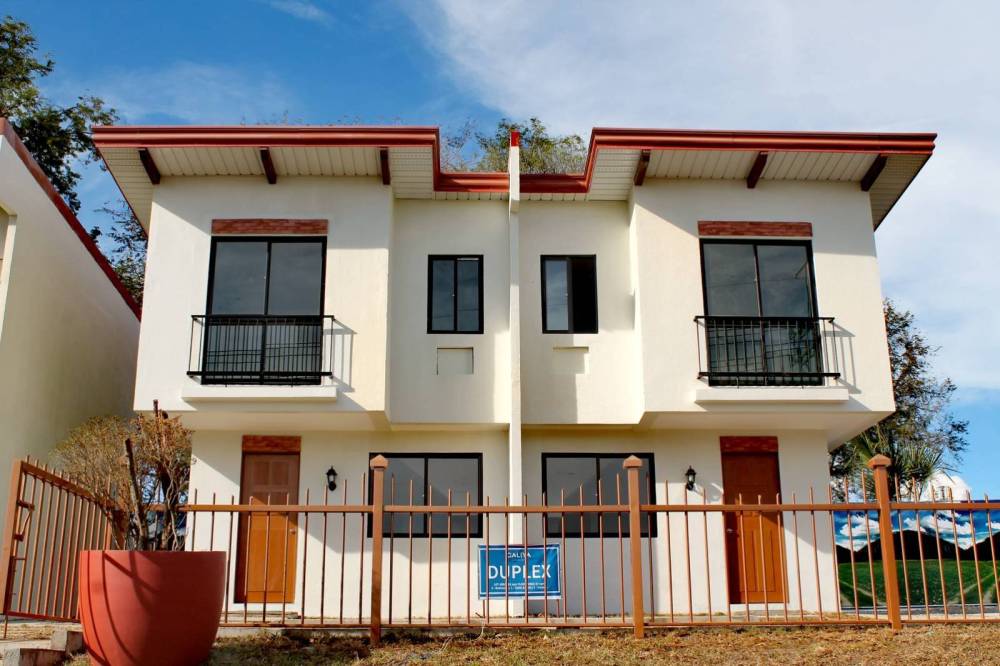
The Philippine housing market is seeing strong momentum from a long overlooked yet increasingly powerful segment: affordable luxury.
This market is shaped by a growing number of young professionals and families who seek well-designed communities that deliver lifestyle value without breaching the reach of their finances. In this climate, developers are rethinking how homes can balance affordability with the aesthetics and conveniences traditionally reserved for higher tiers.
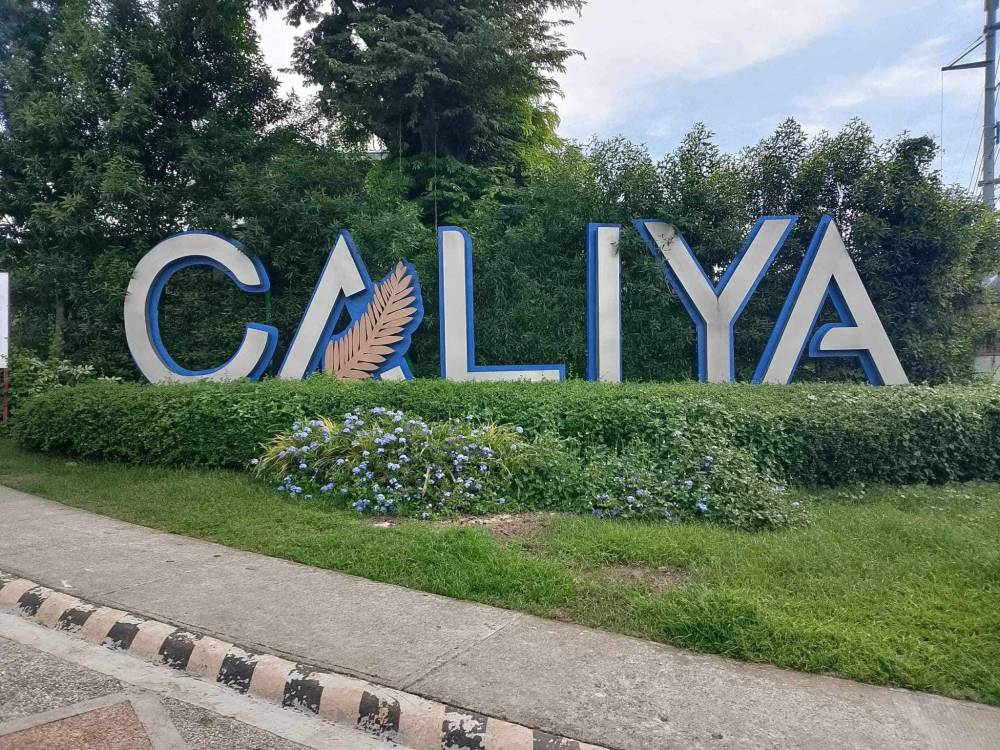
Aspirations within reach
Affordable luxury in Philippine housing speaks to homes typically priced in the P3 million to P5 million range, a bracket that aligns with the purchasing capacity of an upwardly mobile middle-income class.
Buyers in this category search beyond shelter, seeking generous layouts, tasteful finishes, community parks, and easy access to transport corridors. With greater connectivity across provinces, these homeowners confidently purchase properties outside urban centers, seeing them as lifestyle improvements and long-term investments.
Demand for this segment has also grown as cities become more congested and land within metropolitan areas becomes more costly.
Aspiring buyers see value in emerging communities that provide space, functionality, and an upgraded quality of life, a mix that positions affordable luxury as one of the most resilient residential segments.
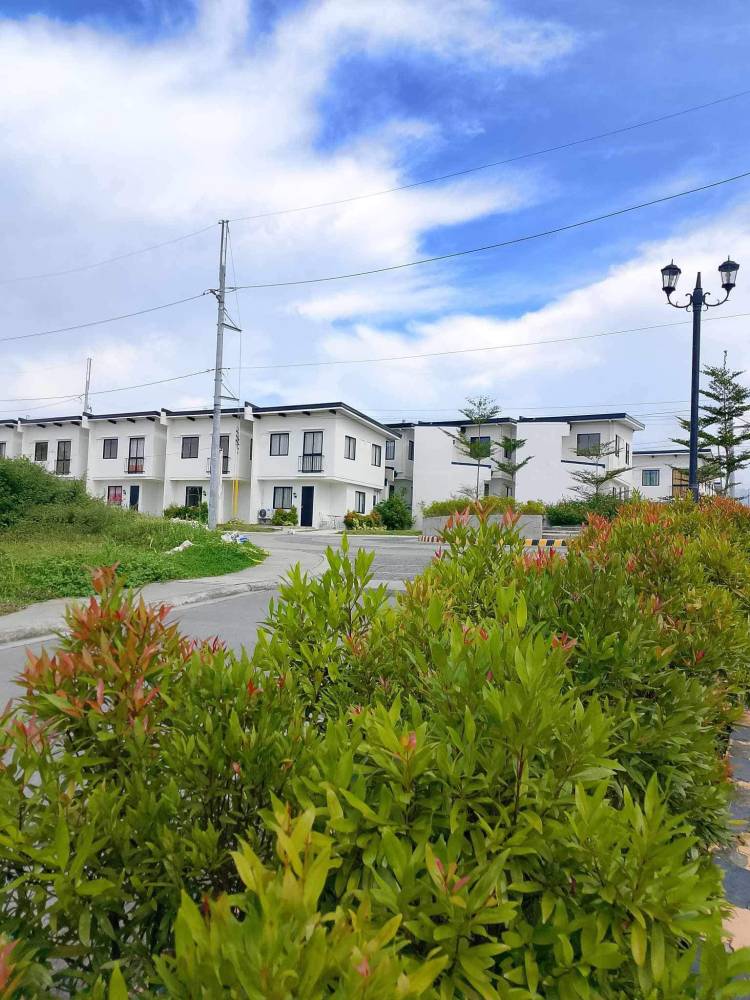
Competence of brands in this space
Delivering to this market requires competence in planning, design, and execution.
Select developers such as Ovialand Inc. have carved credibility by building homes that elevate everyday living while adhering to attainable price points. Their approach demonstrates an ability to curate lifestyle communities that merge aesthetics with efficiency, creating a strong following among home seekers.
Industry partnerships further highlight this capability. For example, Ovialand’s collaborations with Japanese property firms such as Takara Leben signal international confidence in Philippine mid-market housing. Such alliances refine design and construction standards, producing projects that cater to a clientele with rising expectations.
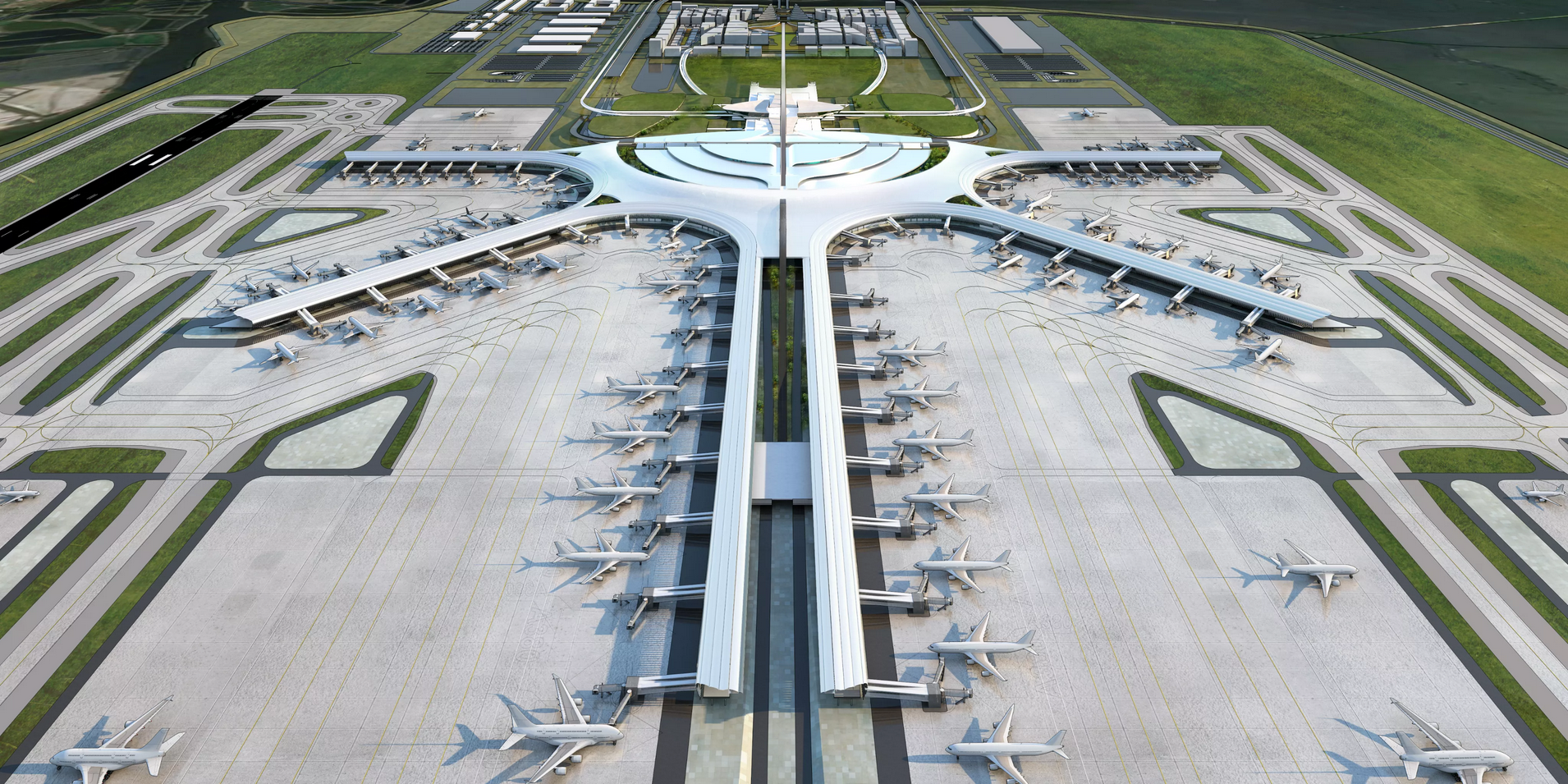
The sprawl into Quezon
Quezon province has emerged as a promising landscape for this segment, particularly in Candelaria. The town’s relative affordability and the availability of expansive land banks attract residential developments catering to the next wave of buyers.
Road infrastructure linking Quezon with nearby provinces has steadily improved, strengthening the town’s accessibility and making it an ideal destination for families seeking a quieter, more spacious environment.
The sprawl into Quezon underscores how developers respond to untapped demand. The province has shifted from being an agricultural corridor into a setting for residential communities that blend suburban calm with urban conveniences. Its expanding local economy and strategic location within South Luzon make it a natural growth extension.
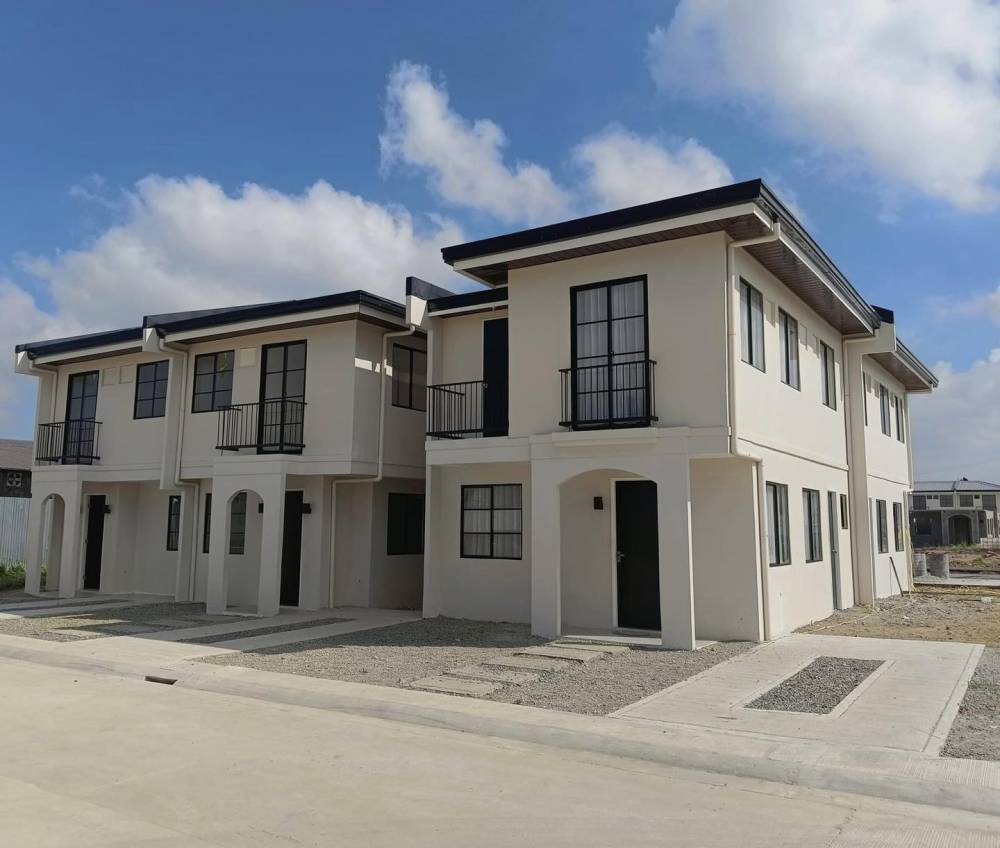
A northern direction in Bulacan
While the South Luzon base has established its strength, a new trajectory now points north.
Launching projects in Bulacan marks a turning point as developers like Ovialand diversify beyond their traditional geography.
Bulacan’s infrastructure pipeline plays a significant role in this decision. The North-South Commuter Railway, expanded expressways, and the upcoming New Manila International Airport in Bulakan elevate the province as one of the country’s most important growth corridors.
Residential ventures in Bulacan respond to both housing demand and the anticipation of rising land values once these infrastructure projects are fully operational. The province’s proximity to Metro Manila further enhances its appeal, positioning it as a northern gateway for buyers who want connectivity without the capital’s congestion.
Homes for a Rising Generation
Affordable luxury housing is becoming a defining trend in Philippine real estate.
As communities in Quezon and Bulacan take shape, they reveal a future where middle-income families’ aspirations are realized through homes that are both attainable and refined.
This maturing market reflects homebuyers’ growing sophistication and developers’ evolving capability to match that vision with thoughtful, well-executed communities.
The author (www.ianfulgar.com), is a leading architect with an impressive portfolio of local and international clients. His team elevates hotels and resorts, condominiums, residences, and commercial and mixed-use township development projects. His innovative, cutting-edge design and business solutions have garnered industry recognition, making him the go-to expert for clients seeking to transform their real estate ventures











